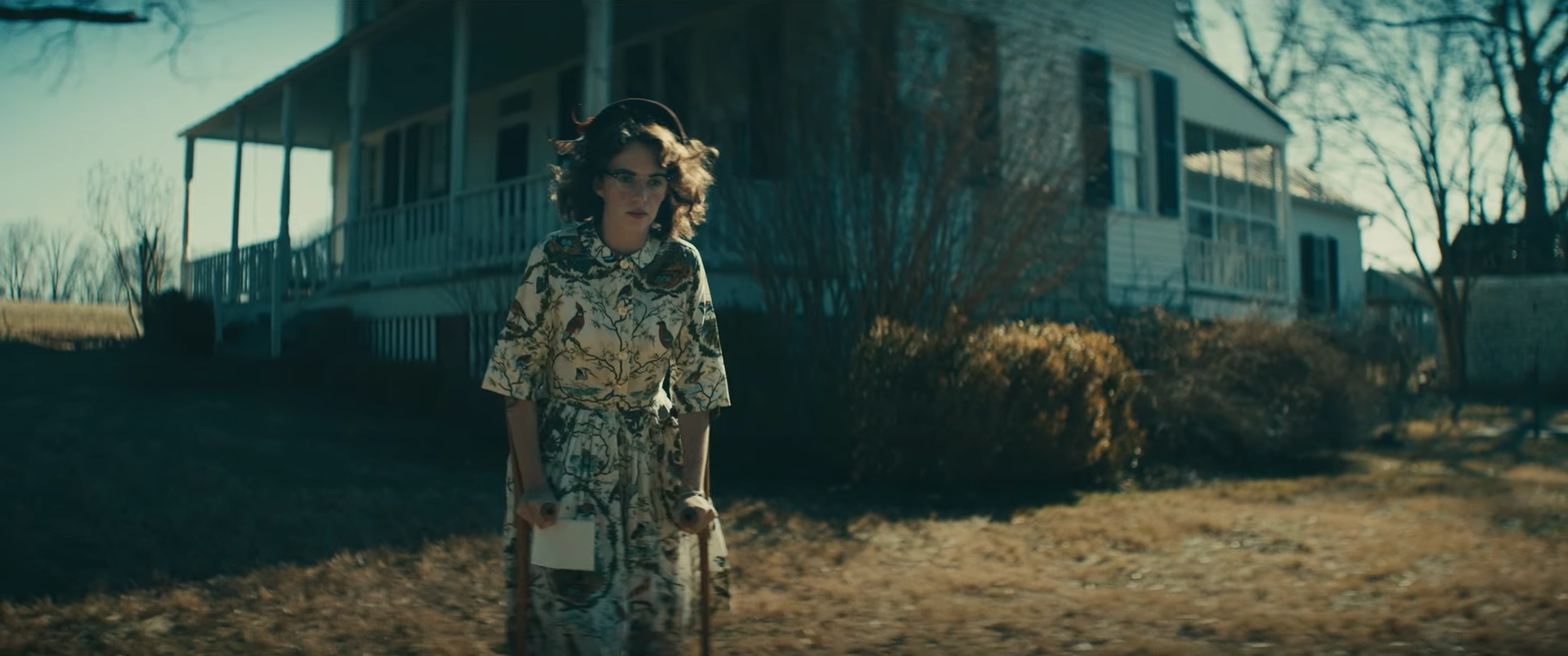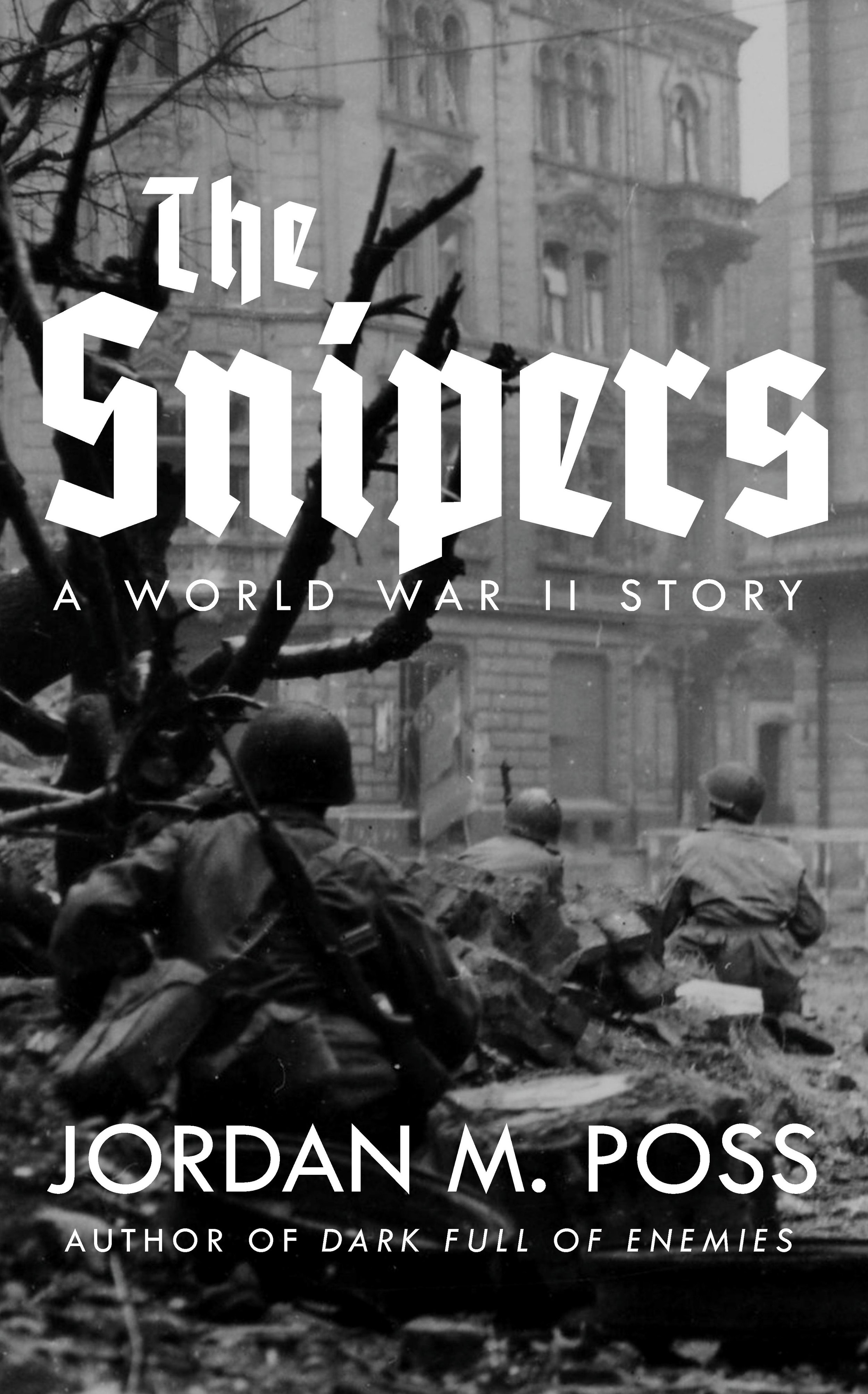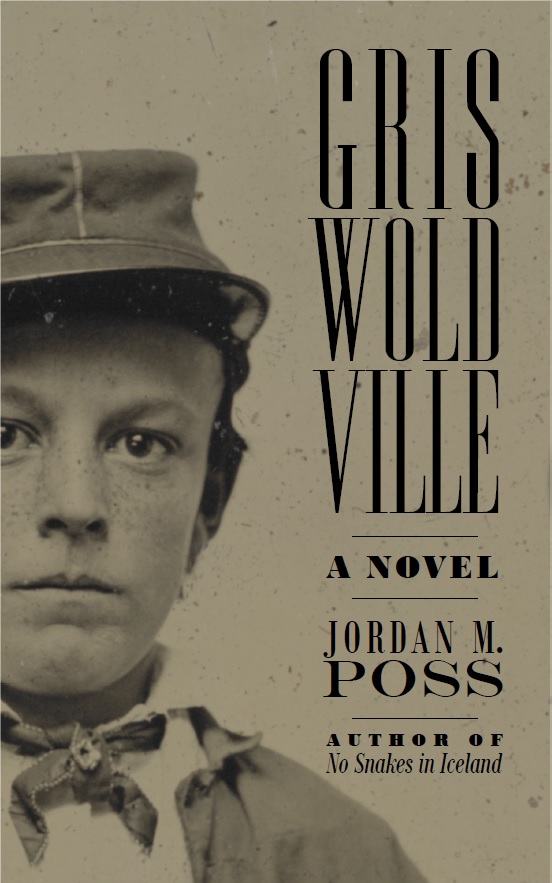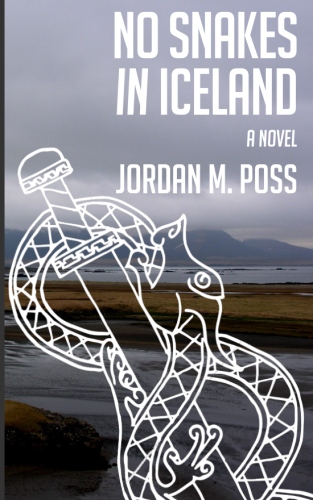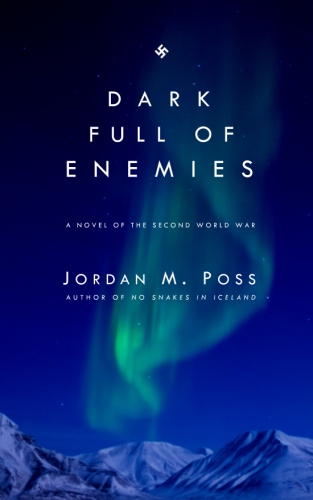The elder Haraldsen, it turns out, has died at a great age in a remote corner of East Asia in pursuit of the Old Testament Ophir, and Lancelot Troth, the son of a crooked former business partner—who had tried not only to swindle but to kill Haraldsen the night that Hannay, Lombard, and Peter Pienaar saved him—has come back for revenge. Troth has teamed up with his dead father’s former partner, Erick Albinus, and an investor named Barralty, who seems to be the intellectual of the bunch. Together, they have hounded the unassuming and unworldly Valdemar Haraldsen from his island home near the Arctic Circle to hideout after hideout in the British Isles. Hannay, honor-bound to keep his oath, agrees to host Haraldsen in cognito at Fosse.
Haraldsen’s pursuers don’t allow him to rest for long. Soon Hannay, his family, and Haraldsen have decamped to Scotland and Laverlaw, the estate of Hannay’s old friend and comrade-in-arms Sandy Arbuthnot. Lombard arrives with Haraldsen’s daughter Anna, having barely saved her from kidnapping by Troth’s henchmen and cannily shaken the kidnappers off during a cross-country car chase. Reunited with his daughter and enjoying the company of Hannay and his son, Haraldsen loses the hunted, furtive look he has taken on and becomes bolder and more confident—so much so that he decides, after his enemies discover his whereabouts again, that he must face them directly on his own home turf, the Island of Sheep.
The novel thus takes place across three homes: Fosse, where we first meet Hannay at rest; Laverlaw, where Hannay and Sandy retreat with Haraldsen and his daughter; and the Island of Sheep, where the group meet with the power behind Troth, Albinus, Barralty, and their co-conspirators in a final confrontation.
Though I’ve loved The Thirty-Nine Steps for years, I’ve been surprised to discover, since starting this annual project, that Richard Hannay is not my favorite of Buchan’s recurring heroes. I much prefer Sir Edward Leithen and find Dickson McCunn, though his adventures are nowhere near as thrilling, better company. And after the one-two excitements of The Thirty-Nine Steps and Greenmantle I found Mr Standfast a bit of a slog and The Three Hostages enjoyable but hardly a return to form. So I approached The Island of Sheep a bit hesitantly. I’m glad to say it was wonderful.
The Island of Sheep is not, however, The Thirty-Nine Steps or Greenmantle. Though exciting and suspenseful this, Buchan’s penultimate novel, the last before Sick Heart River, already has something of that posthumously-published work’s reflective tone. Hannay, older now if not much wiser, is troubled by big questions and new kinds of enemies. The novel begins with his guilt over what he feels to be unearned comfort, and the plot is driven by the unresolved hatreds and loyalties of multiple generations. The ending, which I realized reminded me a lot of the climax of Skyfall, suggests that simplification, a return to basics—old vows fulfilled, old ways preserved, national character embraced—and direct confrontation of evil are the only lasting solutions. Until then, a man must live discontented and ill at ease. “Every man,” Lombard says in the end, “must discover his own Island of Sheep.”
The novel is thus thematically rich, but it is also technically excellent. Though written over a busy year and “finished with difficulty” according to Buchan himself, it has none of the pacing problems of Mr Standfast or The Three Hostages, and though—looked at objectively—Hannay does not actually do much in the novel, one is not aware of this as the story unfolds. The early chapters in particular, which are full of flashbacks and stories-within-stories, are especially well paced, and broaden the scope of this adventure through Hannay’s memories of Africa and Sandy’s recounting of journeys in the Far East.
Most of the characters will be familiar to readers of the other Hannay stories, but the newcomers stand out, especially Peter John, last seen as an infant in The Three Hostages, and Anna Haraldsen. Andrew Lownie, in his introduction to the edition I read, compares Peter John and Anna favorably to the young heroes of Robert Louis Stevenson. They are handsomely matched, both in temperament and expertise—Peter John the falconer, hunter, and bird expert, Anna the relict Viking girl, a powerful swimmer and kayaker. One wonders what Buchan might have made of them had he lived longer. The ultimate villain, whom Sandy first infers is behind the plot against Haraldsen, returns from The Courts of the Morning, a novel I haven’t read, though I didn’t find that this hurt my reading of The Island of Sheep. It certainly didn’t make the climactic showdown—which involves fire, cliffs, harpoons, whaling, a terrible thunderstorm, and the legendary berserkr rage—any less suspenseful or dramatic.
As a final note, this novel features some of Buchan’s strongest and most beautiful nature writing. The landscapes range from remembered African hills and savannahs to the marshes of the Solent and the cliffs and lochs of the Faroe Islands—thinly disguised as “the Norlands”—as well as the English countryside and the Scottish Borders. Buchan, always skilled in describing places, is in rare form here, and excels not only at his descriptions of places but of the people who live in them and their many folkways. Here’s a passage from the sheep shearing on Sandy Arbuthnot’s estate that I stopped and read aloud to my wife for pure pleasure:
We all attended the clipping. It was a very hot day, and the air in the fold was thick with the reek of sheep and the strong scent of the keel-pot, from which the shorn beasts were marked with a great L. I have seen a good deal of shearing in my time, but I have never seen it done better than by these Borderers, who wrought in perfect silence and apparently with effortless ease. The Australian sheep-hand may be quicker at the job, but he could not be a greater artist. There was never a gash or a shear-mark, the fleeces dropped plumply beside the stools, and the sheep, no longer dingy and weathered but a dazzling white, were as evenly trimmed as if they had been fine women in the hands of a coiffeur. It was too smelly a place for the women to sit in long, but twenty yards off was crisp turf beginning to be crimsoned with bell-heather, and the shingle-beds and crystal waters of the burn. We ended by camping on a little hillock, where we could look down upon the scene, and around to the hills shimmering in the heat, and up to the deep blue sky on which were etched two mewing buzzards.
The Island of Sheep is not, strictly speaking, the end of Richard Hannay. He is mentioned off-hand in Sick Heart River, the very last of Buchan’s novels, as a member of Sir Edward Leithen’s club and a picture of “serene contentment.” But this final adventure is a worthy one, the best since Greenmantle, and one that, in honoring old promises, vanquishing evil, and saving a soul, earned Hannay the peace in which Buchan left him.

















